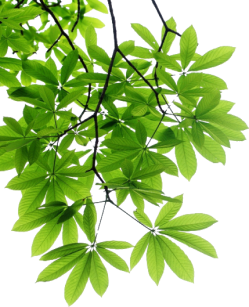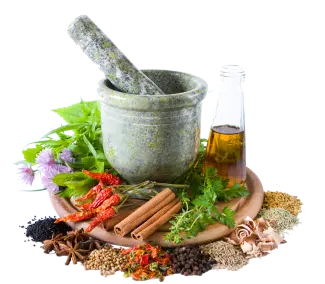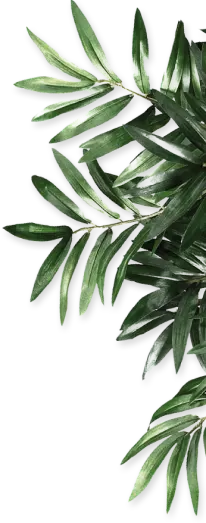Introduction
Psoriatic arthritis is a chronic autoimmune condition that causes joint pain, stiffness, and inflammation, often accompanied by psoriasis, a skin condition. While conventional medicine provides treatments for psoriatic arthritis, Ayurveda, the ancient holistic healing system from India, offers natural remedies and practices that can complement medical interventions and promote joint and skin health. This article explores AyurvedGuru perspectives on psoriatic arthritis and suggests traditional treatments to consider.
Understanding
In AyurvedGuru, psoriatic arthritis can be attributed to the imbalance of doshas, especially Vata and Pitta. The accumulation of toxins (ama) in the body due to improper digestion, stress, and poor lifestyle choices can contribute to the condition. AyurvedGuru treatments aim to reduce inflammation, balance doshas, and address both joint and skin health.
Causes
Autoimmune Response:
Psoriatic arthritis is believed to result from an autoimmune response in which the immune system mistakenly attacks healthy joint tissues. The exact cause of this autoimmune response is not fully understood, but it likely involves genetic and environmental factors.
Genetics:
A family history of psoriatic arthritis or psoriasis increases the risk of developing the condition. Certain genetic factors are associated with a predisposition to psoriatic arthritis.
Environmental Triggers:
Factors such as infections or physical trauma may trigger or exacerbate psoriatic arthritis in individuals who are genetically predisposed.
Symptoms
Joint Pain:
Psoriatic arthritis typically causes pain, swelling, and tenderness in the joints. The pain can be mild to severe and affect any joint, including the fingers, toes, knees, and spine.
Stiffness:
Joint stiffness, particularly in the morning or after periods of inactivity, is a common symptom.
Swollen Fingers and Toes:
Psoriatic arthritis can cause a characteristic swelling of the fingers and toes, known as "sausage digits."
Nail Changes:
Psoriatic arthritis can lead to changes in the nails, including pitting (small depressions), ridges, or separation of the nail from the nail bed (onycholysis).
Skin Symptoms:
Many individuals with psoriatic arthritis also have psoriasis, which can cause red, scaly, and itchy patches of skin. These skin symptoms may precede joint symptoms in some cases.
Fatigue:
Chronic inflammation and pain can lead to fatigue and reduced energy levels.
Tendon and Ligament Pain:
Psoriatic arthritis can affect the tendons and ligaments surrounding the joints, leading to pain in areas such as the heel (Achilles tendonitis) or the sole of the foot (plantar fasciitis).
Eye Inflammation:
Some individuals with psoriatic arthritis may develop inflammation of the eye (uveitis) or other eye problems.
Back Pain:
Psoriatic arthritis can affect the spine, causing pain, stiffness, and limited mobility. This is known as spondylitis and can be a feature of ankylosing spondylitis, a related condition.
Nail Dystrophy:
Changes in the nails, including thickening, discoloration, and crumbling, can occur. Psoriatic arthritis can have a range of disease patterns, including oligoarticular (affecting a few joints), polyarticular (affecting multiple joints), and axial (primarily affecting the spine). The severity of the condition can also vary, with some individuals experiencing mild symptoms and others facing more severe joint damage and disability.
Ayurvedic Treatment
Dietary Adjustments:
Follow a diet that pacifies Vata and Pitta doshas. Include anti-inflammatory foods like vegetables, whole grains, and healthy fats. Avoid trigger foods that might worsen symptoms.
Herbal Remedies:
Turmeric: Known for its potent anti-inflammatory properties, turmeric can be consumed in foods or as a supplement.
Neem (Azadirachta Indica): With its blood-purifying and skin-soothing effects, neem can support both joint and skin health.
Guggulu: This resin has anti-inflammatory and detoxifying properties that can aid in relieving joint discomfort.
External Therapies:
Abhyanga (Oil Massage): Regular self-massage with warm herbal oils can improve circulation, reduce inflammation, and promote joint and skin health.
Swedana (Herbal Steam): Herbal steam therapy can help relax muscles, alleviate pain, and promote detoxification.
Lifestyle Modifications:
Maintain a balanced daily routine, manage stress through mindfulness practices, and ensure quality sleep.
Hydration:
Drink warm fluids like herbal teas and warm water to support detoxification and overall well-being.
Yoga and Gentle Exercise:
Engage in gentle yoga and low-impact exercises to enhance joint flexibility, promote circulation, and alleviate stress.
Panchakarma Therapies:
Under the guidance of an experienced AyurvedGuru practitioner, consider detoxification therapies like Virechana (therapeutic purgation) to eliminate toxins and restore dosha balance.
Consultation
Seek personalized recommendations from an AyurvedGuru practitioner based on your unique constitution (Prakriti) and imbalances (Vikriti).
Conclusion
AyurvedGuru offers a holistic approach to managing psoriatic arthritis by addressing the root causes of imbalances and promoting joint and skin health. Through dietary adjustments, herbal remedies, lifestyle modifications, and therapeutic practices, AyurvedGuru aims to provide relief from psoriatic arthritis symptoms while enhancing overall well-being. By integrating traditional wisdom with modern medical knowledge, individuals can proactively manage psoriatic arthritis and nurture their joint and skin health journey.



.webp)




